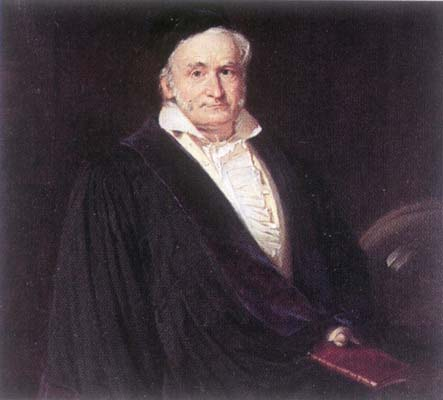 Carl Gauss (1777-1855) |
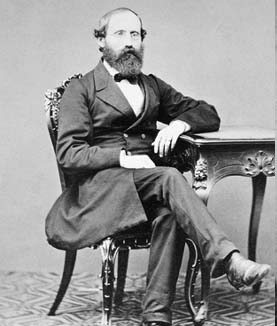 Georg Riemann (1826-1866) |
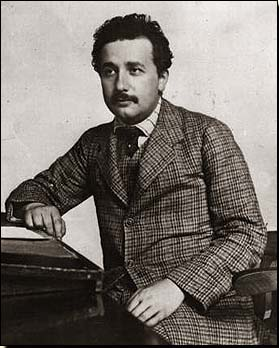 Albert Einstein (1879-1955) |
 Carl Gauss (1777-1855) |
 Georg Riemann (1826-1866) |
 Albert Einstein (1879-1955) |
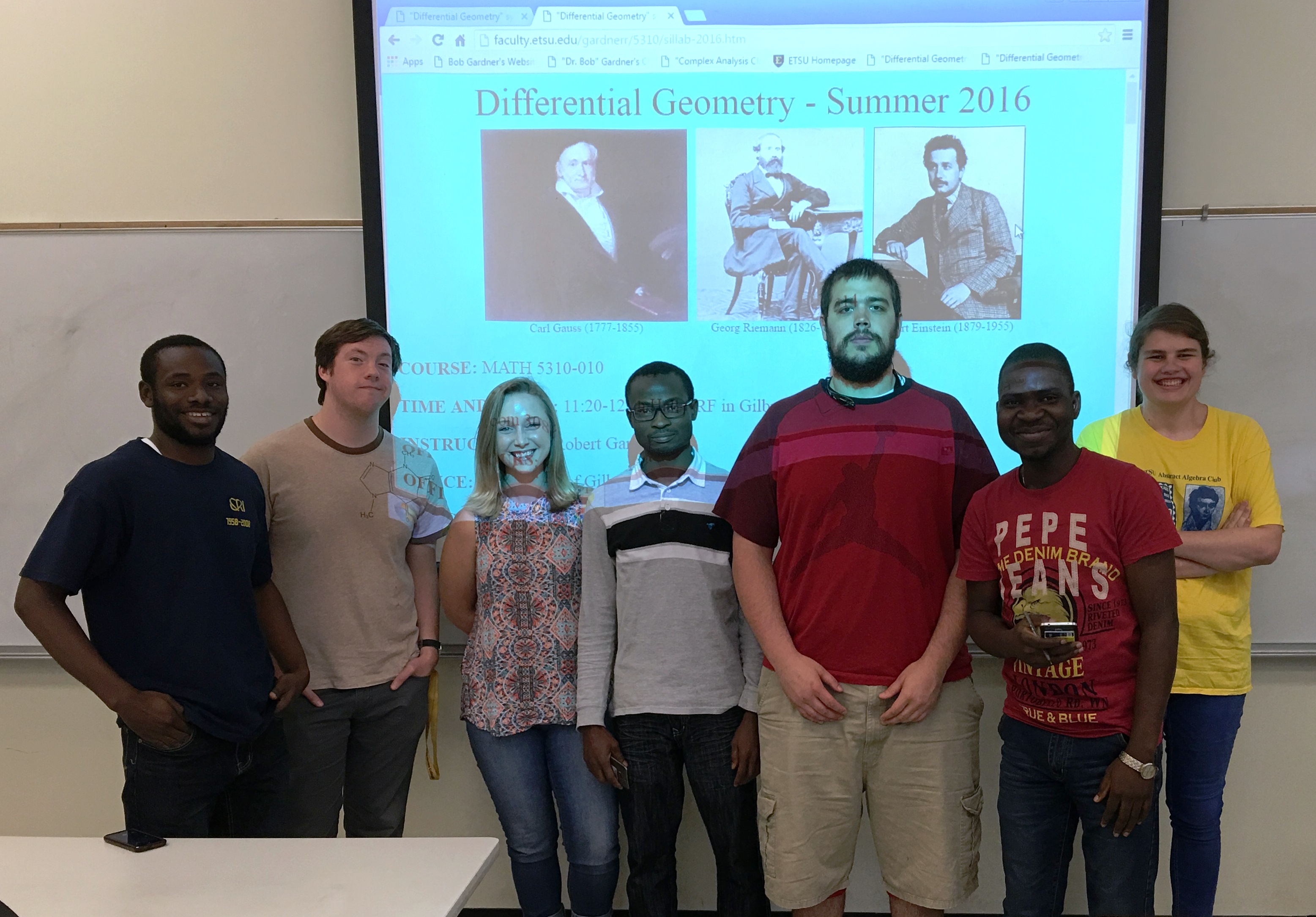
COURSE: MATH 5310-010
TIME AND PLACE: 11:20-12:50 MTWRF in Gilbreath Hall 314
INSTRUCTOR: Dr. Robert Gardner
OFFICE: Room 308F of Gilbreath Hall
OFFICE HOURS: By appointment.
PHONE: 439-6979 (308F Gilbreath), Math Department Office 439-4349
E-MAIL: gardnerr@etsu.edu
WEBPAGE: faculty.etsu.edu/gardnerr/gardner.htm (see my webpage for a copy of this course syllabus, copies of the classnotes in PDF and Postscript formats, and updates for the course).
TEXT: Differential Geometry and Relativity Theory, An Introduction by Richard L. Faber, Monographs and Textbooks in Pure and Applied Mathematics, Volume 75, copyright 1983 by Marcel Dekker, Inc. (ISBN 0-8247-1749-X).
SUPPLEMENTARY TEXT: Relativity: The Special and the General Theory by Albert Einstein. This can be found as a cheap paperback, but is also available online, for example at "Google books.''
PREREQUISITES: Multivariable calculus and linear algebra (the more, the better!).
ABOUT THE CLASS: This course will be roughly broken into three parts: (1) differential geometry (with an emphasis on curvature), (2) special relativity, and (3) general relativity. We will spend about half of our time on differential geometry. We will then take a "break" and address special relativity. The class will finish (and climax) with general relativity and a discussion of black holes. We will deal at length with the (differential geometry) topics of curvature, intrinsic and extrinsic properties of a surface and manifold. We will briefly survey special relativity (giving coverage that a physicist would consider fairly thorough, but which a geometer would consider a "shallow survey"). In particular, we will "outline" (as the text puts it) Einstein's field equations and derive the Schwarzschild solution (which involves a nonrotating, spherical mass). We will see the differential geometry material come to the aid of gravitation theory. We will discuss gravitational redshift, precessions of orbits, the "bending of light," black holes, and the global topology of the universe.
WARNING: This is not a standard graduate-level differential geometry class! We only have 5 weeks and we will not explore tensors in any detail. Our goal is to study curvature (mostly of curves and surfaces) and use this study to inspire our exploration of general relativity.
ONLINE NOTES: We only have five weeks and will go through material at a very fast pace. The notes presented in class are online at: http://faculty.etsu.edu/gardnerr/5310/notes.htm
GRADING: Your grade will be determined based on your performance on assigned homework problems. Very roughly, you will be assigned 3 or 4 problems per section we cover. We will use a 10 point scale for letter grades with plus and minus grades given based on a 3 point subscale (so, for example, a B- corresponds to a percentage grade of 87, 88, or 89).
POWERPOINT PRESENTATION: A presentation of "Relativity and Black Holes" will be given on June 17 (tentative date). This show includes a survey of the results we will see this semester. It also includes extensive historical references to the individuals responsible for these results (Lorentz, Einstein, Minkowski, and Schwarzschild). Since this is a math class, we will not spend any time on observational astronomy, but the presentation includes some of the observational evidence for black holes. The primary source for the presentation is Kip Thorne's excellent Black Holes and Time Warps: Einstein's Outrageous Legacy (1994, W. W. Norton Publishing). A web-based version of the show is available at http://faculty.etsu.edu/gardnerr/planetarium/relat/relatabs.htm.
VIDEOS: We will watch a video in class. "The Shape of Space" is a clever introduction to three-dimensional manifolds. A webpage by The Geometry Center accompanies the video: www.geom.uiuc.edu/video/sos/. The webpage gives additional information on the topic, as well as some hands-on projects suitable for high-school-level students. We will discuss the possible global topologies of our universe, and ways to empirically detect this structure. A PowerPoint presentation on these topics is also online.
Another video "Einstein's Universe" is available on YouTube (http://www.youtube.com/watch?v=ZZmeB8eVISU). This television show was created by the B.B.C. in 1979 to celebrate the 100 year anniversary of Einstein's birth. Though over 30 years old, the video still contains excellent explanations of time dilation, length contraction, and the effects of a strong gravitational field (such as that experienced by someone orbiting a black hole). The companion book is Einstein's Universe by Nigel Calder (New York: Viking Press, 1979).
Some other online videos are:
Breaking Gravitational Wave News: Gravitational waves were directly detected in September 2015. The formal research publication announcing this appeared in Physical Review Letters, 116, 061102 (2016). The paper is posted online in PDF: Observation of Gravitational Waves from a Binary Black Hole Merger, by Abbott et al.. The paper announces the detection of the merger of a 29 solar mass blackhole with a 36 solar mass black hole. Three solar masses were converted into energy and released in the form of gravitational waves. The merger occurred 1.3 billion light years away in the direction of the Magellanic Clouds. Wikipedia has a nice webpage with some pretty pictures and short videos.

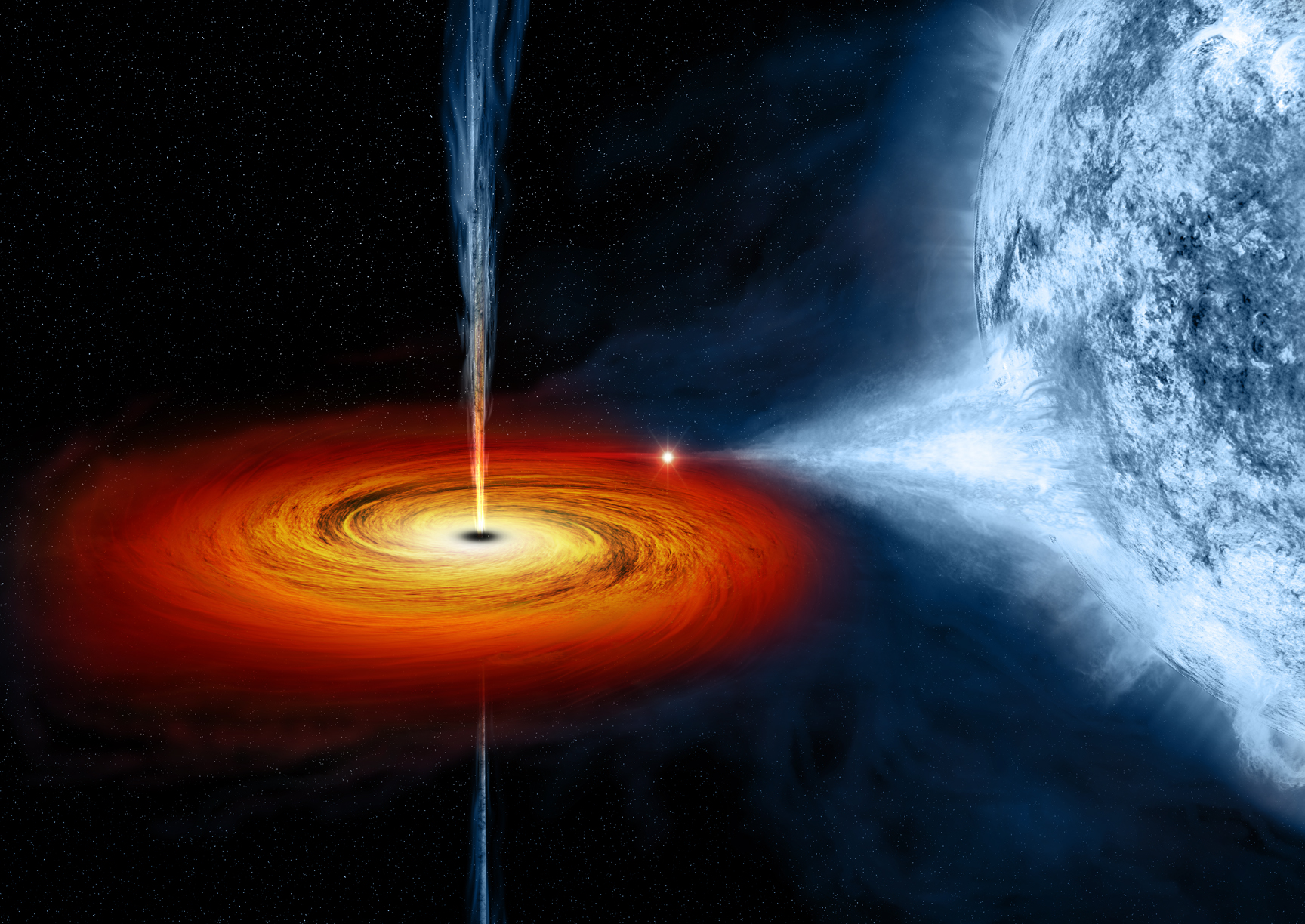

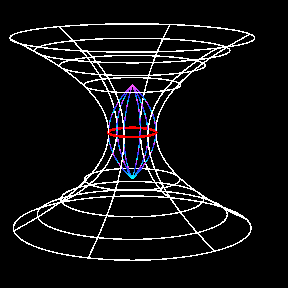
1.2=Gauss Curvature: normal section, principal curvature |
||
1.4=First Fundamental Form: metric form, intrinsic property |
||
Chapter 2 of Wald's General Relativity |
||
The Shape of Space |
||
Einstein: Preface, 1.1-1.6 |
||
Einstein: 1.7-1.12 |
||
2.7=Lorentz Transformation: invariance of the interval |
||
3.6=Geodesics: timelike, lightlike, spacelike 3.7=Field Equations: Ricci tensor, Einstein: 2.18-2.11, Appendix III |
||
Black Holes: Schwarzschild radius |
||
| |
|||
1.3 |
2(d), 7(a,b), 7(c) |
||
1.5 |
3(a) |
||
1.7 |
1 |
||
1.9 |
6(a), 6(b) |
||
2.4 2.5 |
1, 4 2 |
||
2.7 |
3, Theorem |
||
3.9 3.10 Black Holes |
3 2 Black Hole |
||
Return to
Bob Gardner's home page
Last updated: July 3, 2016.